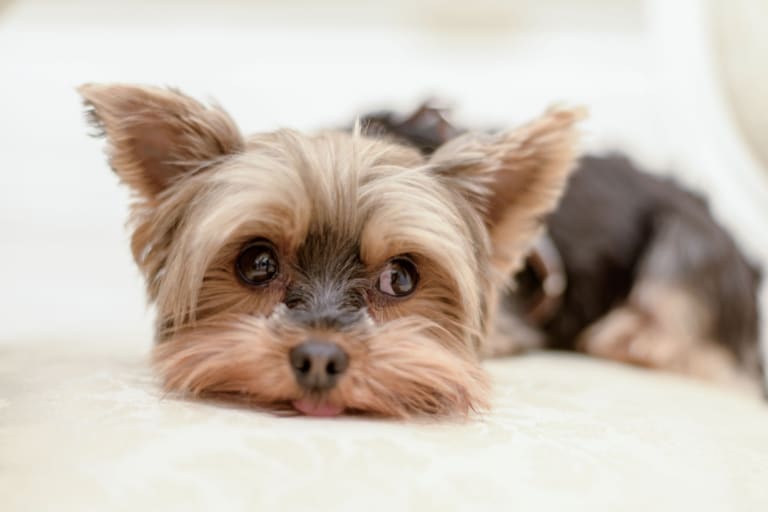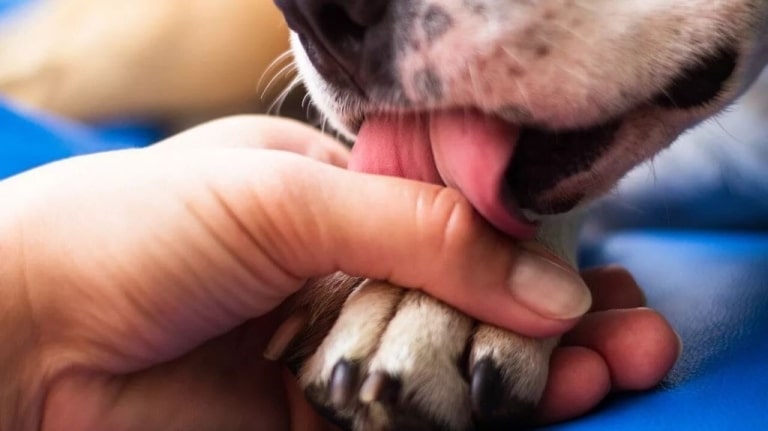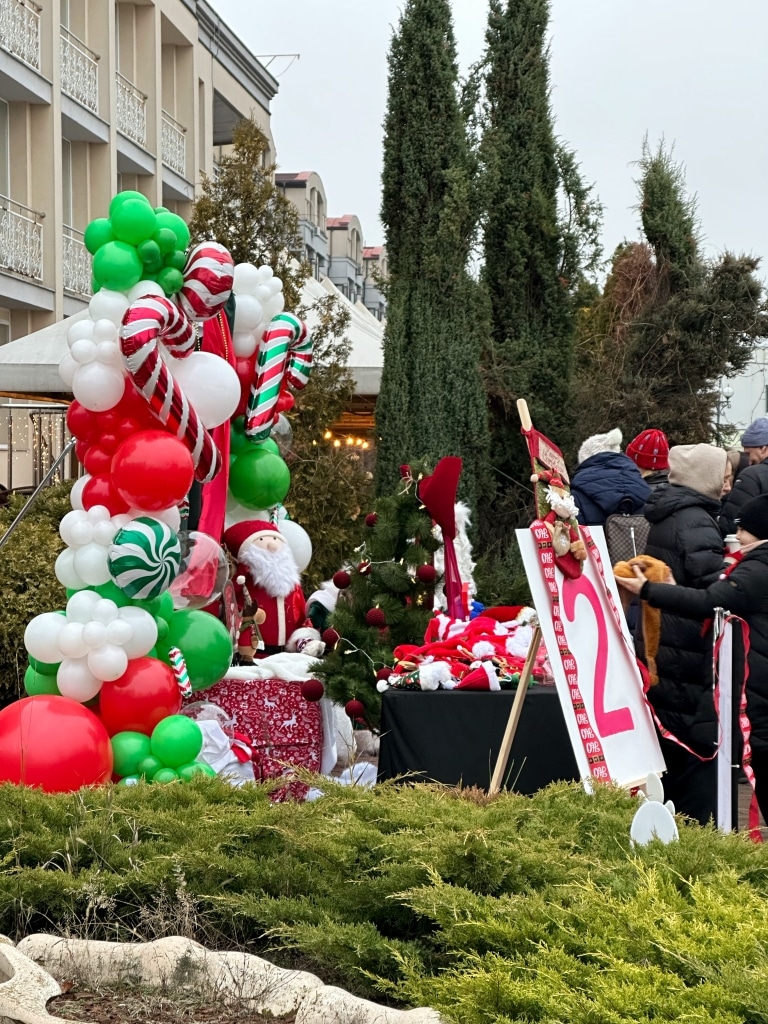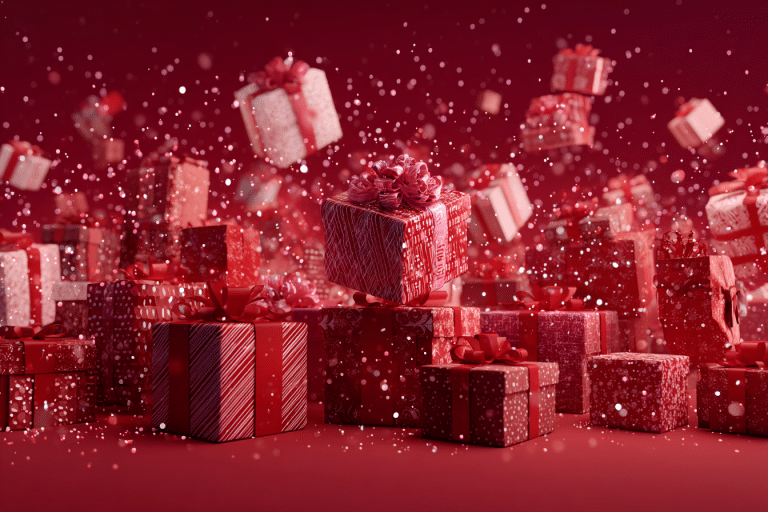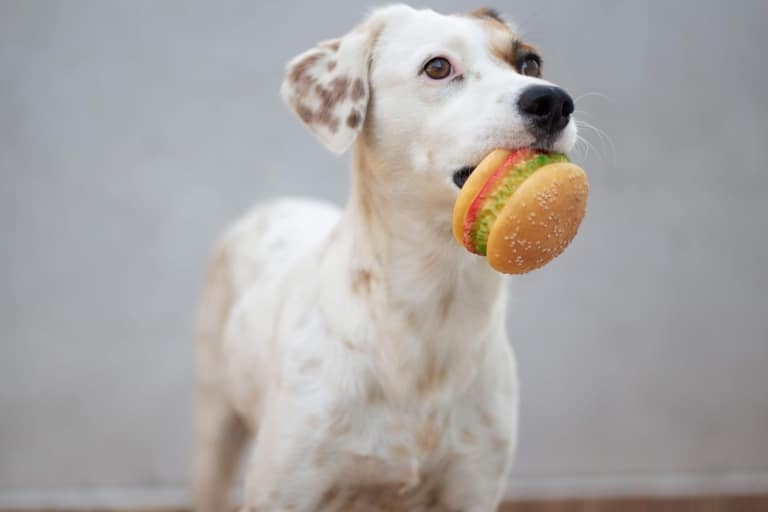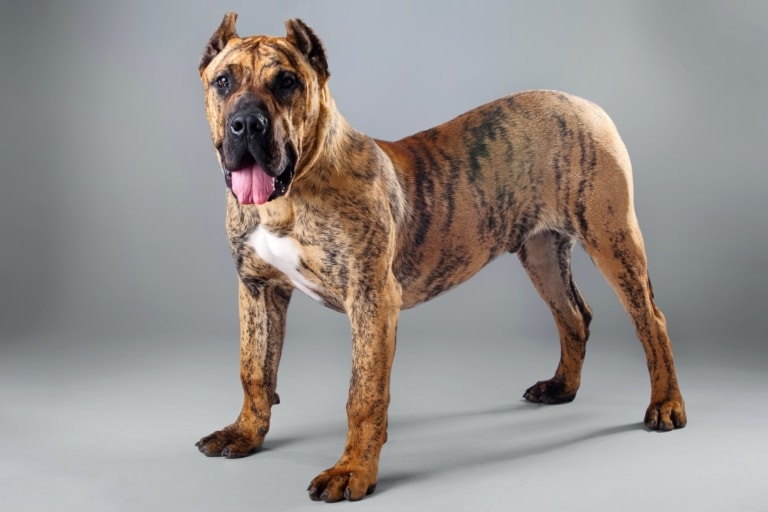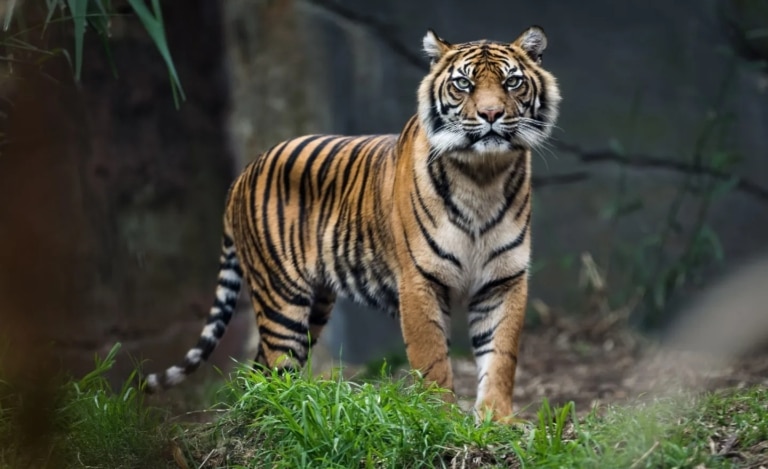You’ve probably noticed that your yorkie is shivering too often, even if it’s definitely not cold. How can you tell? Are they that cold or are they faking it? Yorkies get cold more often than it seems. This is not a whim or character, but a physiological feature of the breed. Owners often perceive shivering as fear or a request for attention, although in fact it is a signal of hypothermia. And if you do not react – diseases, immune and behavioral problems can occur.
Thestructure of the coat without undercoat – the main reason why the yorkie is not able to keep warm. Their coat is similar to human hair, which means it has no thermal insulation function. Without an undercoat, the body loses temperature quickly, even in an apartment with tile on the floor or an open window. A Yorkie feels the cold like we do with bare feet on tile – but on the whole body. And even if the house is +22, but there is a draft – he is not comfortable.
Hisdiminutiveness and fast metabolism only exacerbate the problem. Because of the low weight, the body quickly gives up heat, and the body does not have time to restore it. Owners often underestimate this feature, especially when the dog is actively moving. But even after a few minutes in the cold, especially in windy or wet weather, a yorkie can start shivering at home. And this is not a caprice, but a physiological reaction.

The psycho-emotional vulnerability of yorkies further increases the sensation of cold. If the dog is frightened or excited, his body instantly reacts by shivering – even if it’s not too cold. This “stressed out” effect is often seen in new places, outdoors, or after a bath.
Cold floors at home are a problem. During the winter season or off-season, even a warm apartment can be uncomfortable for a yorkie if he is constantly lying on tile or laminate flooring. The favorite place by the front door, kitchen or bathroom are risk zones. There the dog gradually cools down, and the owner wonders why in the morning the dog is sluggish or does not want to eat.
After bathing a yorkie must be dried with a hair dryer. Even in the summer. The wool stays wet for a long time, especially near the skin, which provokes heat loss. If you leave everything to “dry by itself” – hypothermia is guaranteed. Such situations often provoke the first manifestations of cystitis or inflammation of the respiratory tract.
Clothing is a necessity. Street walks without clothes in cool weather – a serious mistake. Even a slight breeze or shade can cause chills. Sweater, overalls or jacket should fit tightly to the body, cover the abdomen and chest. Ideally with a water-repellent layer to avoid dampness.
Food and warmth are closely related. During the cold season, the Yorkie expends more energy to heat the body, so the body needs more calories. If the food is insufficient or too light – he will freeze even in plus temperatures. A well-chosen food or a slight adjustment of the diet will yield results after a few days: the dog becomes more energetic, curls up less and reacts calmly to the usual chill.
A warm bed is a must have. If your yorkie is always snuggling up to you or trying to get under the blanket, it’s not a pampering behavior, it’s a need. He should have his own bed with borders or at least a soft mat not on the floor. At V.O.G DOG SALON, groomers often notice signs of hypothermia during the procedure – and this is serious. Because if a dog is cold at home, it affects not only his mood, but also the physical condition of his skin, coat and even his behavior.
If a dog shivers even in a warm room, refuses to eat or drink, becomes lethargic, asks to go to the bathroom more often, or has a cough – it’s not just “cold.” It may already be inflammation or the first manifestation of infection. And it is better to show the pet to a specialist before the problem becomes more serious.
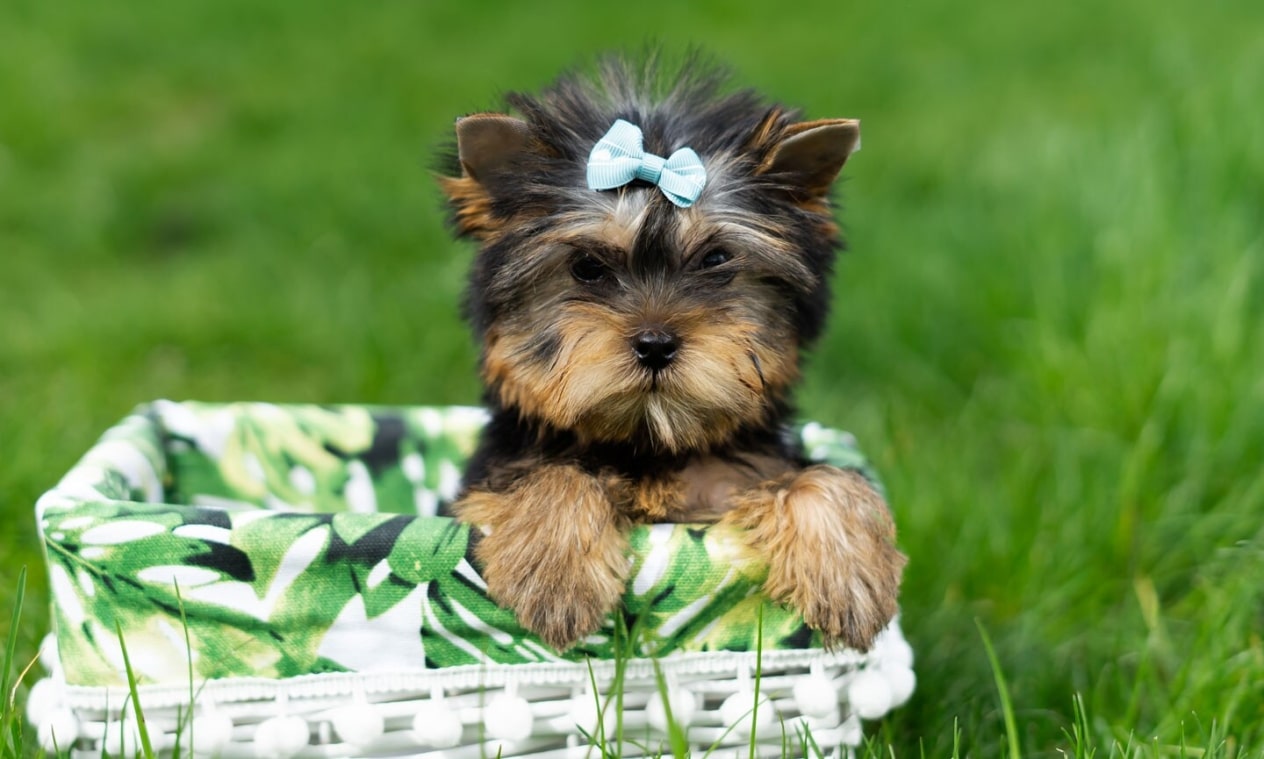
Yorkshire terrier freezes not because he is capricious. He is cold because that’s the way his body works. And our job is to create an environment where he feels safe. Because where there is warmth, there is calmness, health and a happily wagging tail.

